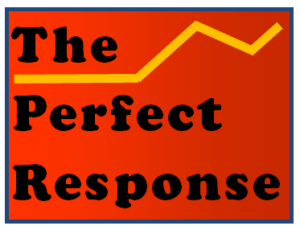
Music is undervalued if it is seen as anything less than the generative source for refreshing the human spirit.
In a recent review of a book about sound in public spaces I puzzled over Kate Lacey’s decision to focus on speeches, radio and the like while excluding music (Listening Publics: The Politics and Experience of Listening in the Media Age, 2013). It seems impossible to address ways of hearing without discussing the aural form that has a lock on so many of us. Watch a two year old child move to the beat of a song and we are reminded that the ear readily learns to love music’s rhythm-embedded feelings. Often minimized as a pleasant addendum to life, music is more accurately described as central to its enactment.
All of this was eloquently reinforced with the recent Netflix release of Michael Rossato-Bennett’s 2014 documentary, Alive Inside. The filmmaker initially signed on for just one-day to film an effort to reclaim an older American lost to dementia. The experiment soon captivated the filmmaker and became a full-time project.
Most of the film’s subjects were selected by social worker Dan Cohen, who discovered that many seniors reconnected with their own lost memories when reintroduced to the music of their youth via an MP3 player. For one older gentleman it was simply enough to hear the restless swing of Cab Calloway through earbuds to lift a fog of non-communication. The nearly catatonic man began to engage with Cohen more or less as a conversational equal. Beyond kick-starting lost memories, the music brought the man alive emotionally. He suddenly had access to his distant past as an accomplished dancer self-confident musician.
The idea of a wearer of a set of headphones experiencing private ecstasy is hardly new to us. But it means so much more when the person listening was thought to be little more than a piece of human furniture. Music creates and then reconnects us to our own histories.
The same was true when the headphones were placed on Mary Lou Thompson, a younger woman perhaps in her early sixties with early-onset Alzheimers. Even recognizing the purpose of an elevator button was difficult. Thompson’s fit and obviously capable husband could only marvel at the sight of his wife, earbuds in place, slowly unfolding her lean tall frame to glory in an old Beach Boys song she obviously never forgot. It was like watching a time-lapse image of a newly-opened flower reaching for the sun. I’ve seen very few screen documentaries that so dramatically revealed the transformation of a person’s mental life.
There may be reasons to lament the mobile phone as a device that undercuts the value of direct and immediate experience. But the portable music player has enriched us a lot. A music library stored on a small electronic card fully delivers on the promise of making art portable and ubiquitous.
Even the crusty innovator Thomas Edison sensed music’s power to mesmerize. Listeners clamored to hear distant voices and songs on his audio cylinders, often through rubber ear tubes. He seemed to understand the regenerative possibilities the aural has for refreshing the human spirit. It’s little surprise he identified the humble phonograph as his most satisfying invention.
Comments: woodward@tcnj.edu


